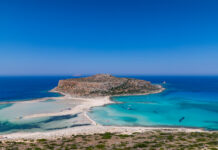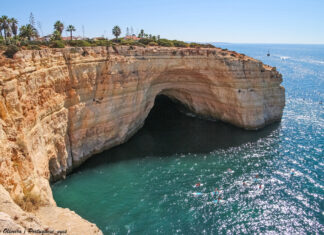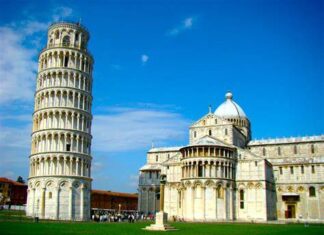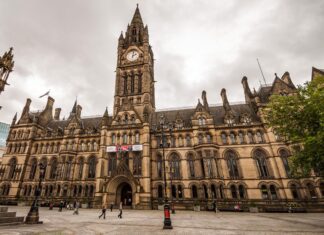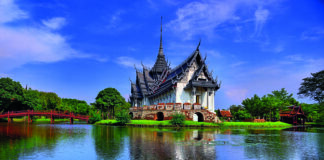Nestled in the heart of the Basilicata region in southern Italy, the city of Matera stands as a testament to human perseverance, resilience, and architectural brilliance. Known as "La Città Sotterranea" or "The Underground City," Matera is a place where past and present intertwine, offering visitors a captivating journey through time. With its ancient cave dwellings, rich history, and breathtaking landscapes, Matera's well-deserved recognition as a UNESCO World Heritage site solidifies its standing as a destination that should not be missed by those who yearn for a truly distinctive and immersive experience.
The history of Matera stretches back thousands of years, with evidence of human habitation dating as far back as the Paleolithic era. However, it was during the Middle Ages that the city truly flourished. Carved into the soft tufa rock that forms the surrounding landscape, the Sassi di Matera, or "stones of Matera," became home to a thriving community. These cave dwellings, stacked on each other and interconnected by narrow alleyways, housed families, livestock, and even places of worship.
For centuries, the inhabitants of Matera lived in this intricate underground labyrinth, adapting to the challenging conditions and creating a vibrant and tightly-knit community. However, by the mid-20th century, Matera had fallen into severe decline, with its living conditions deemed unsuitable and primitive. It was in the 1950s that the dire situation caught the attention of the Italian government and international organizations, sparking a movement to restore and preserve the city's unique heritage.
Today, Matera stands as a remarkable example of successful urban revitalization. The restoration efforts have preserved the original Sassi dwellings and transformed them into stunning hotels, restaurants, and cultural spaces. Walking through the narrow streets of Matera, visitors are transported back in time, immersed in a world where tradition and modernity coexist.
One of the most iconic sights in Matera is the Civita, the oldest part of the city. Perched on a ridge, it offers panoramic views of the Sassi and the surrounding landscape, leaving visitors in awe of its timeless beauty. Visitors can explore the labyrinthine streets and discover hidden churches, ancient cave houses, and quaint artisan workshops that glimpse Matera's rich cultural heritage.
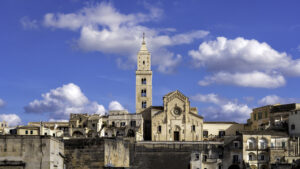
Among the many notable attractions in Matera is the famous cave church of Santa Maria de Idris. Carved into the rock face, this remarkable church showcases stunning frescoes and religious artifacts, serving as a testament to the deep spiritual roots of the city. Another must-visit site is the Casa Grotta di Vico Solitario, a preserved cave dwelling that offers a glimpse into the daily lives of Matera's past inhabitants.
Beyond its historical treasures, Matera also boasts breathtaking natural landscapes. The Murgia Materana Park, a protected area surrounding the city, offers stunning views and hiking opportunities. Visitors can embark on a journey through rugged hills, explore ancient rock-cut settlements, and encounter the unique flora and fauna of the region.
Matera's cultural landscape is brimming with vitality and variety, boasting a plethora of events and festivals that take place all year round. One of the most renowned events is the "Festa della Madonna Bruna," which takes place on July 2nd and celebrates Matera's patron saint. The festival culminates in a magnificent parade through the city streets, with locals dressed in traditional costumes and vibrant displays of fireworks lighting up the night sky.
In recent years, Matera's unique charm has attracted the film industry's attention, leading to its selection as the backdrop for several acclaimed movies, including Mel Gibson's "The Passion of the Christ" and the James Bond film "No Time.



